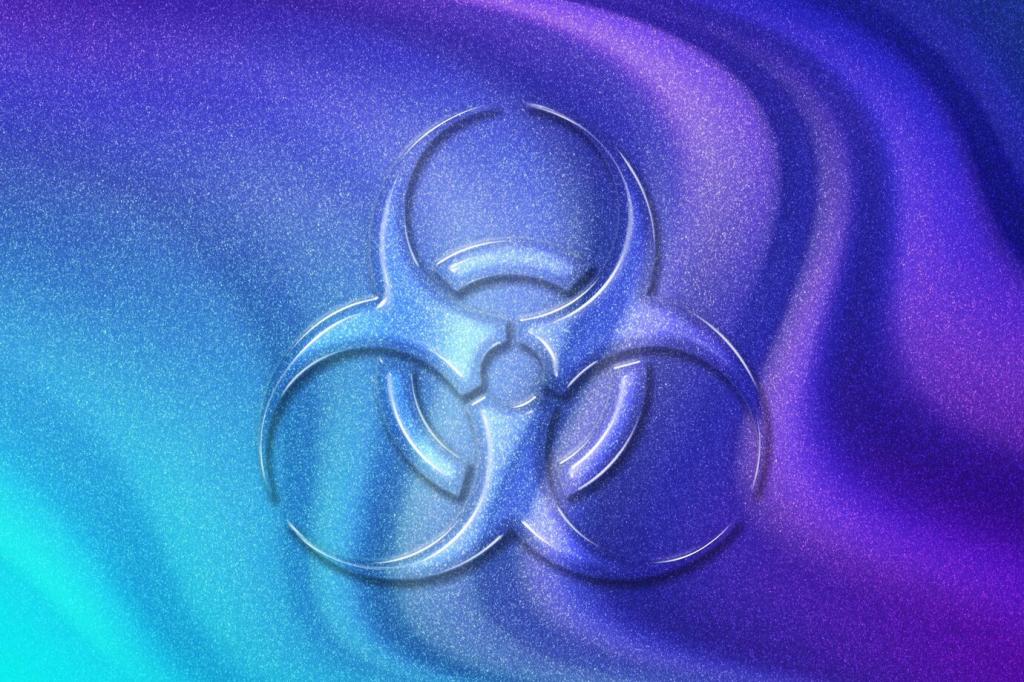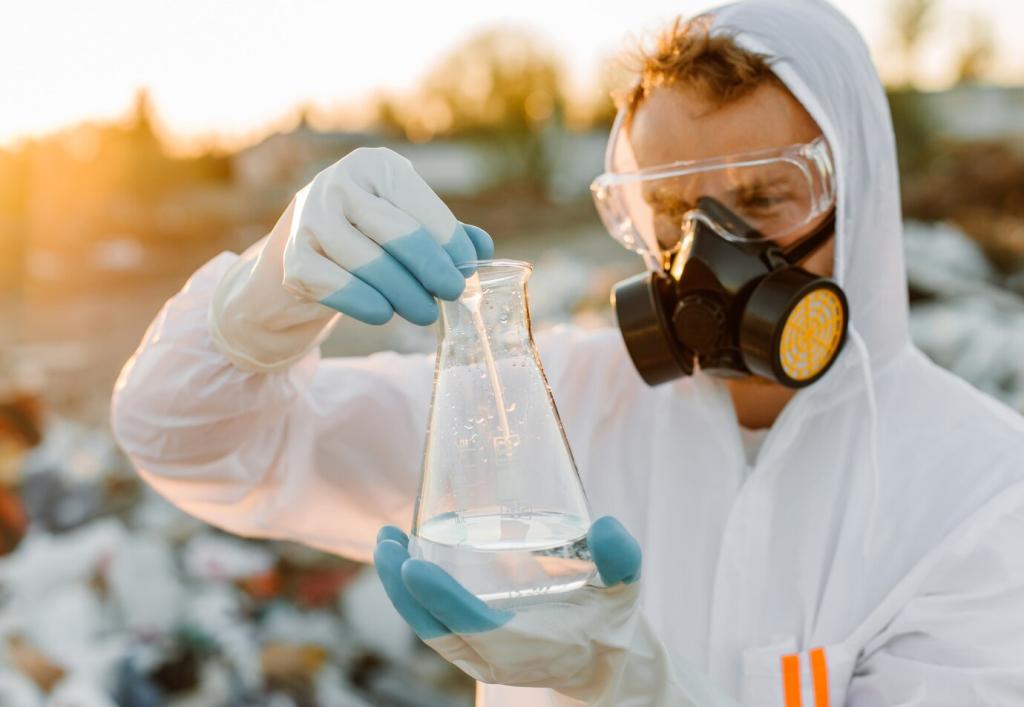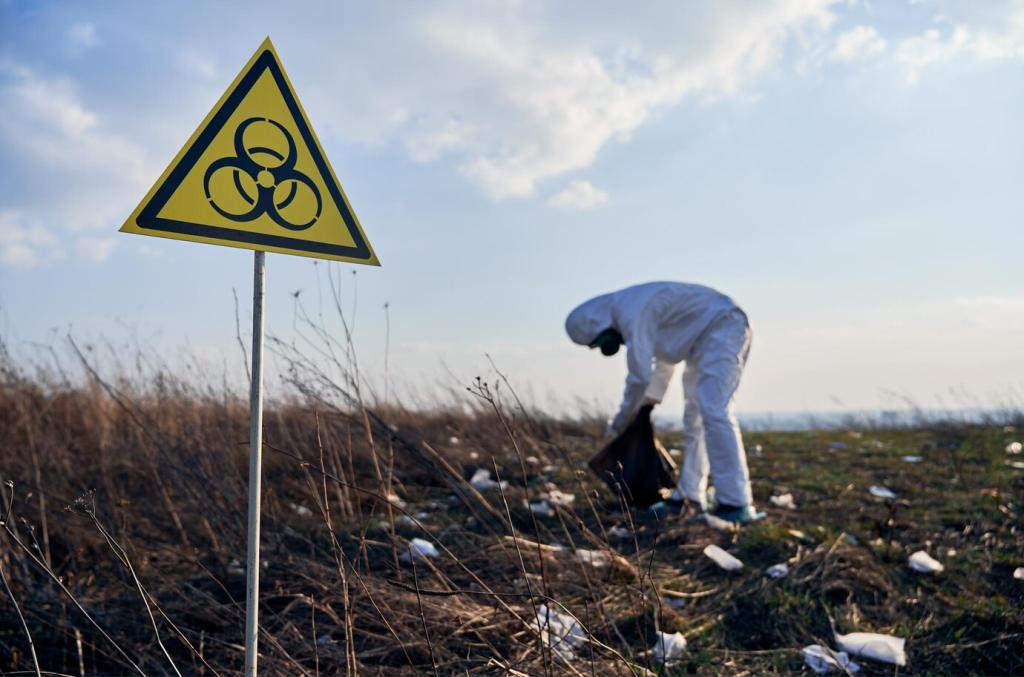From Sink to Sea: How Everyday Chemicals Shape Ocean Health
Chosen theme: Harmful Chemicals in Household Products and Their Marine Consequences. Step into a friendly space where practical tips, clear science, and real stories reveal how our home habits ripple outward—and how small changes can help heal our waters.
What’s Hiding Under Your Sink
Common Culprits You Should Know
Bleach, quaternary ammonium compounds, optical brighteners, nonylphenol ethoxylates, synthetic musks, and triclosan are frequent in cleaners and hygiene items. They can be toxic to aquatic invertebrates, disrupt fish hormones, and linger in sediments where bottom-dwellers feed.
How to Read Labels Without a Chemistry Degree
Scan for terms like “fragrance,” “quats,” “antibacterial,” “brightener,” and “oxybenzone.” These umbrella words often hide complex mixtures. Favor full-ingredient lists, short formulas, and certifications signaling safer surfactants and reduced aquatic toxicity.
A Quick Story from a Stormy Afternoon
After a hurried deck scrub, my neighbor watched cloudy runoff slip into the curb inlet. Two days later, our bay’s edge foamed oddly. It felt like a small act at home, yet the tide carried that chemistry straight to the crabs and eelgrass beds.
From Pipe to Tide: The Journey to the Ocean
Many facilities reduce pathogens and nutrients but struggle with PFAS, synthetic fragrances, UV filters, and some surfactants. Advanced treatments help, yet costs and energy rise. Source reduction at home remains the fastest and most affordable protective step.


Marine Consequences You Can See—and Those You Can’t
Surfactants can strip protective mucus from fish gills, increasing stress and disease risk. Certain preservatives harm plankton, the base of the food web. Repeated low doses may push vulnerable species past resilience thresholds, especially during heatwaves.
Marine Consequences You Can See—and Those You Can’t
Compounds like triclosan and some synthetic musks can mimic or block hormones, changing growth, reproduction, or predator awareness. Fish exposed to trace levels show altered courtship and schooling, with consequences cascading through reefs and estuaries.
Everyday Swaps That Actually Work
Choose fragrance-free, Safer Choice–certified cleaners or make basics using vinegar, baking soda, unscented castile soap, and microfiber cloths. Target grime, not everything. Spot-clean first, use the least product that works, and rinse tools into indoor drains—not the driveway.
Everyday Swaps That Actually Work
Pick detergents without optical brighteners or quats, wash in cold, and avoid fabric softeners that can persist in water. Catch microfibers using a filter, laundry bag, or ball. Line-dry when possible to save energy and reduce wear on synthetics.
Disposal, Dilution, and Other Persistent Myths
Take leftover cleaners, paints, solvents, and medications to local hazardous waste or pharmacy take-back programs. This prevents toxic spikes at treatment plants and keeps corrosive, persistent chemicals out of creeks and coastal marshes.


Disposal, Dilution, and Other Persistent Myths
Water spreads chemicals; it doesn’t erase them. Low concentrations can accumulate in sediments and organisms, magnifying over time. Reducing use and switching to safer alternatives are the only strategies that truly shrink the overall load.
Community Power: Turn Concern into Action
Join stream monitoring groups, help test for nutrients and conductivity, or label storm drains. Share findings with city councils and utilities. Data from curious neighbors often sparks upgrades, street sweeping routes, and new protective ordinances.
Community Power: Turn Concern into Action
Email manufacturers for full ingredient lists, safer surfactants, and fragrance-free options. Support companies with verified ecolabels like EPA Safer Choice or EU Ecolabel. Your purchase and feedback nudge entire product lines toward ocean-friendlier formulas.



Science Corner: What Researchers Are Learning Now
Researchers track PFAS from household products into wastewater, then into biosolids applied on land and washed into streams. Fish advisories now reference PFAS in many regions, underscoring the value of avoiding water-repellent coatings and stain-resistant treatments.
Science Corner: What Researchers Are Learning Now
Washing synthetics sheds tiny fibers captured by few facilities. Studies find microfibers in estuary sediments and inside shellfish. Laundry filters and product design changes reduce release at the source, limiting what plankton and filter feeders ingest.
